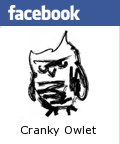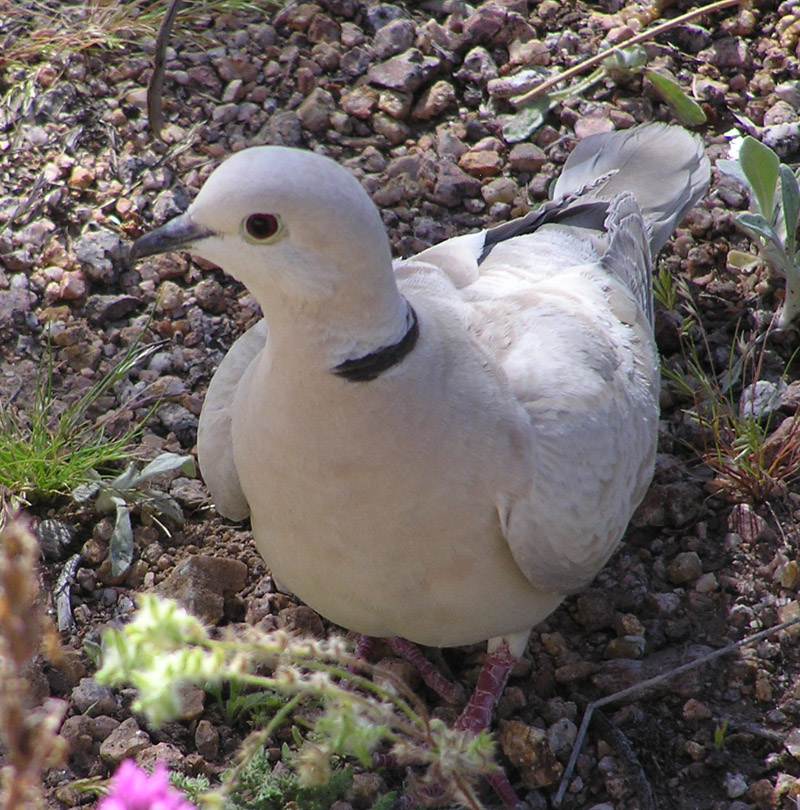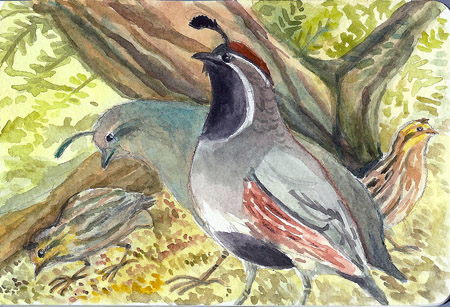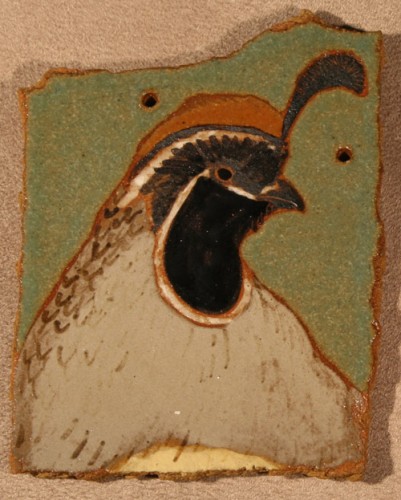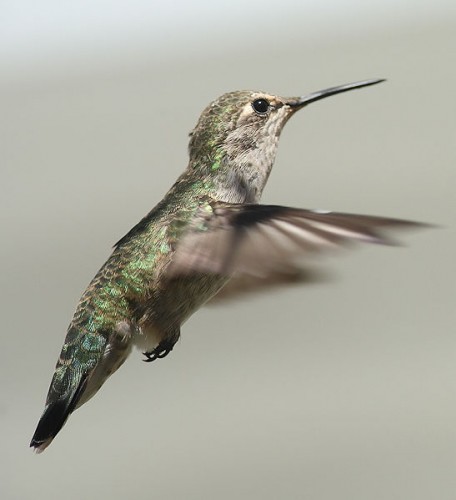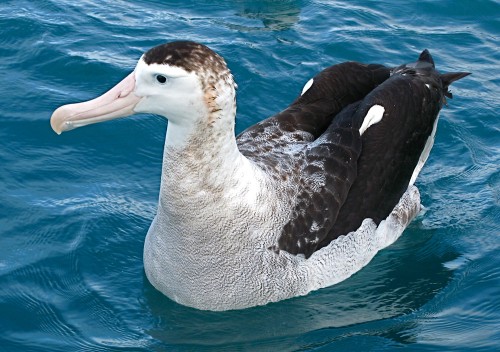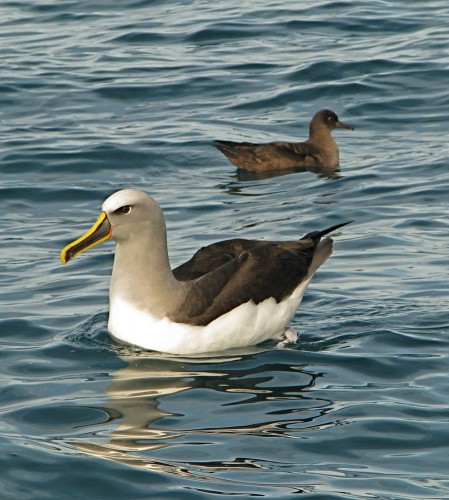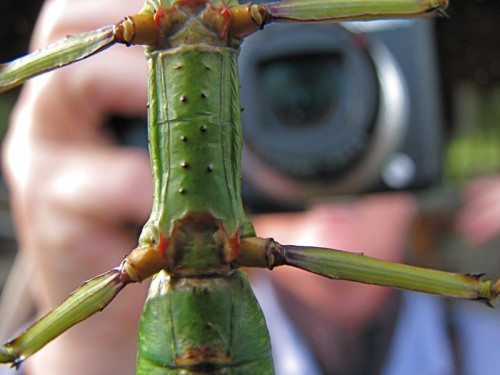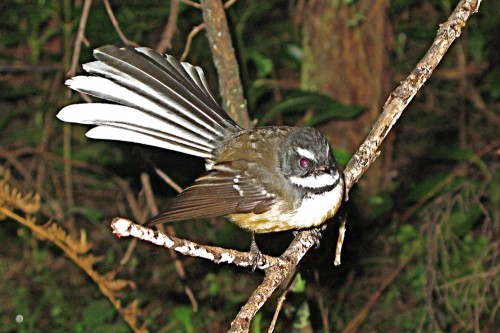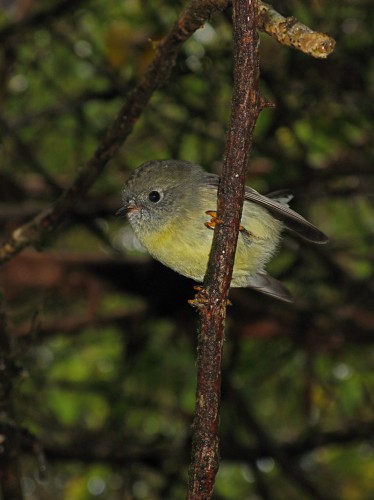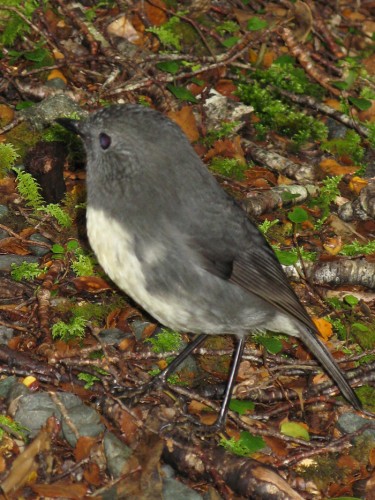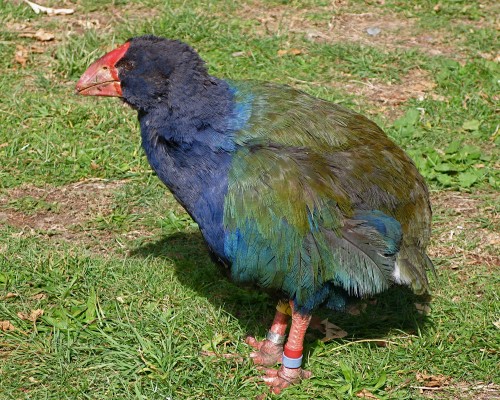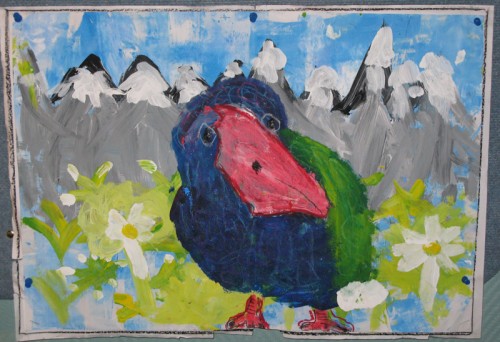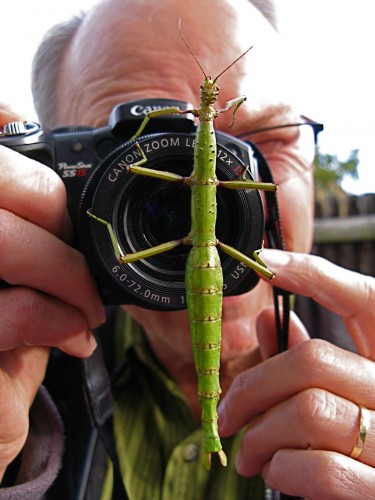My Hoodia Stinketh
 For a few days I’ve been whiffing a whiff, which has caused me to search for the dead mouse in my studio.
For a few days I’ve been whiffing a whiff, which has caused me to search for the dead mouse in my studio.
Then, I noticed the Hoodia is blooming. It sits on the shelves right outside the work tables. That window is always open, being the draw-source for the swamp cooler air. So the stinkitude of the big radar-shaped flowers was being propelled directly into my work area. Here’s a picture of the offending vegetable; you can see glaze bottles and a banding wheel through the glass behind it.
The genus Hoodia is comprised of cactus-like stem-succulents whose flowers are pollinated by flies. To attract flies, it is desirable to smell like carrion. So like their cousins Huernias and Stapelias, Hoodias put out flat flowers the color of puffy, pus-streaked dead flesh with a blood-dark target center. They smell convincingly of rotting meat, especially in warm weather.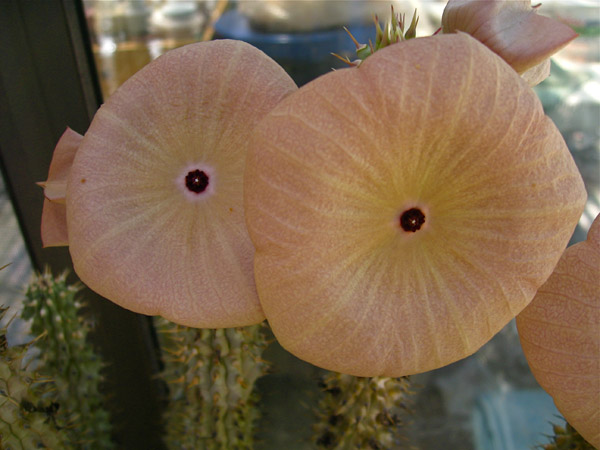
Does it work? Yes; there are a number of flies buzzing inquisitively around the plant all day. And — is it possible? — this morning as I was hanging out laundry to dry, there was a turkey vulture circling low, right over the studio perhaps aiming its pervious nostril at our garden…
This specimen blooms heavily around the middle of June every year, as long as it gets enough water in the growing season. It is labeled Hoodia gordonii, of appetite suppressant fame, it having been observed by ethno-anthropologists that the indigenous people of the Namib use Hoodia to relieve hunger. Hoodia are not cactus at all, but members of the subfamily Asclepiadoideae, and so are related to milkweed.
(Photos A.Shock)
